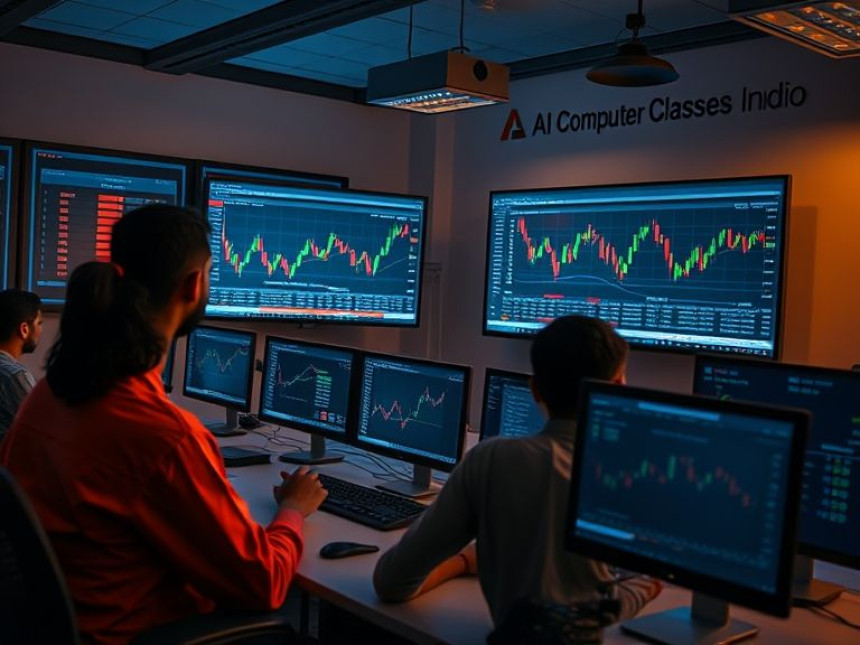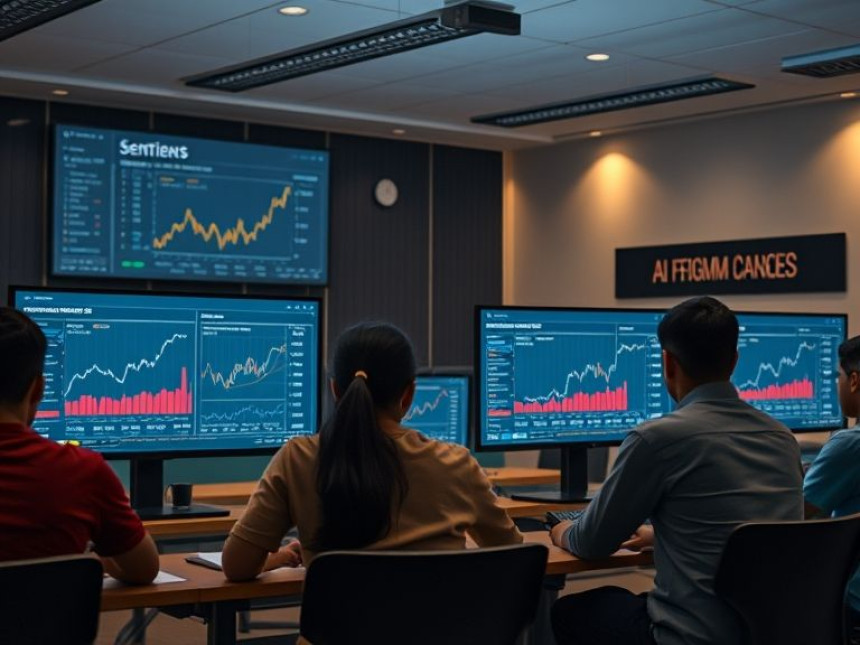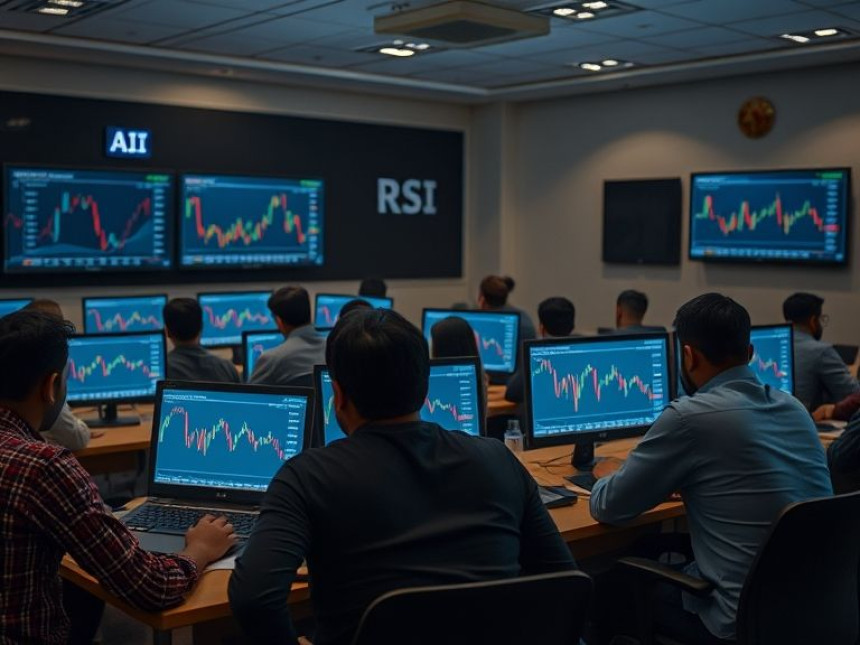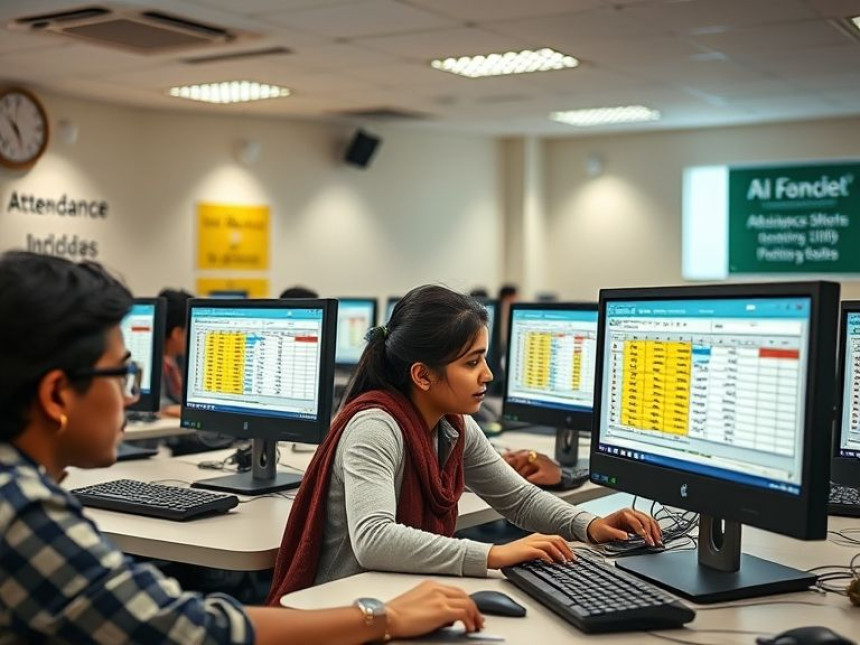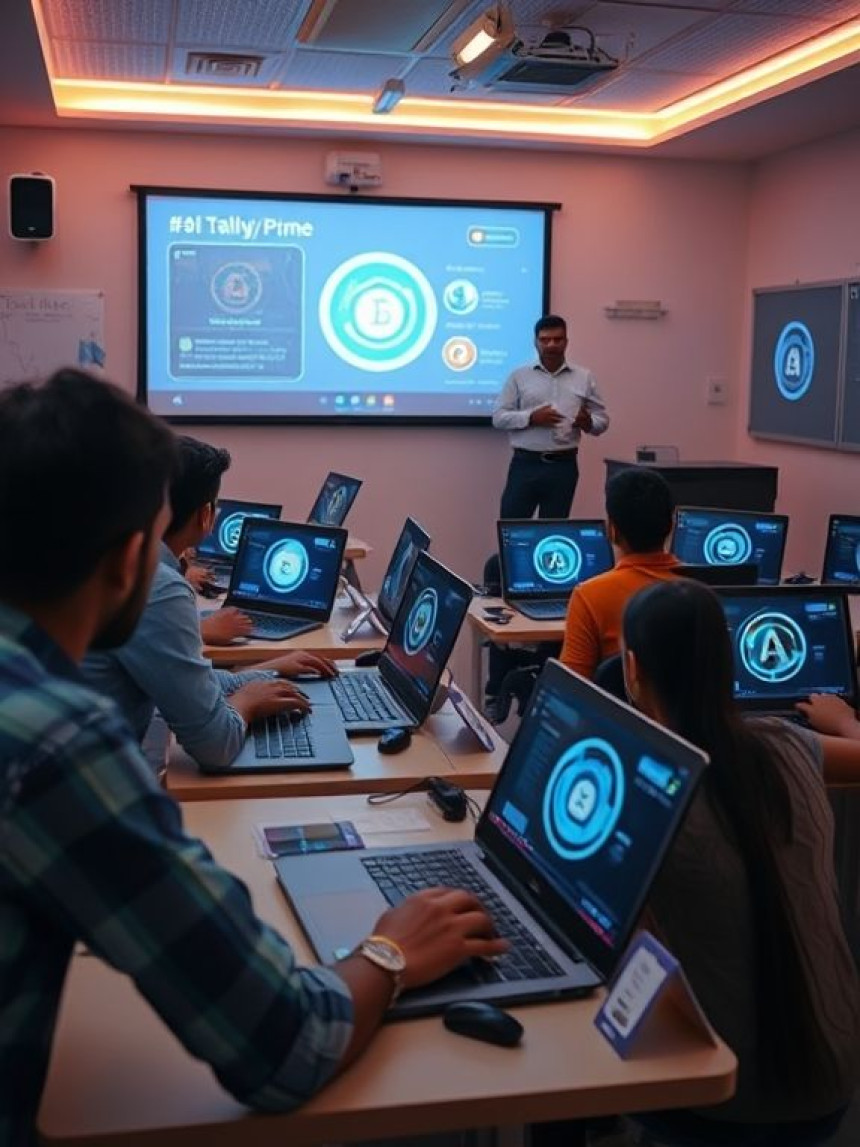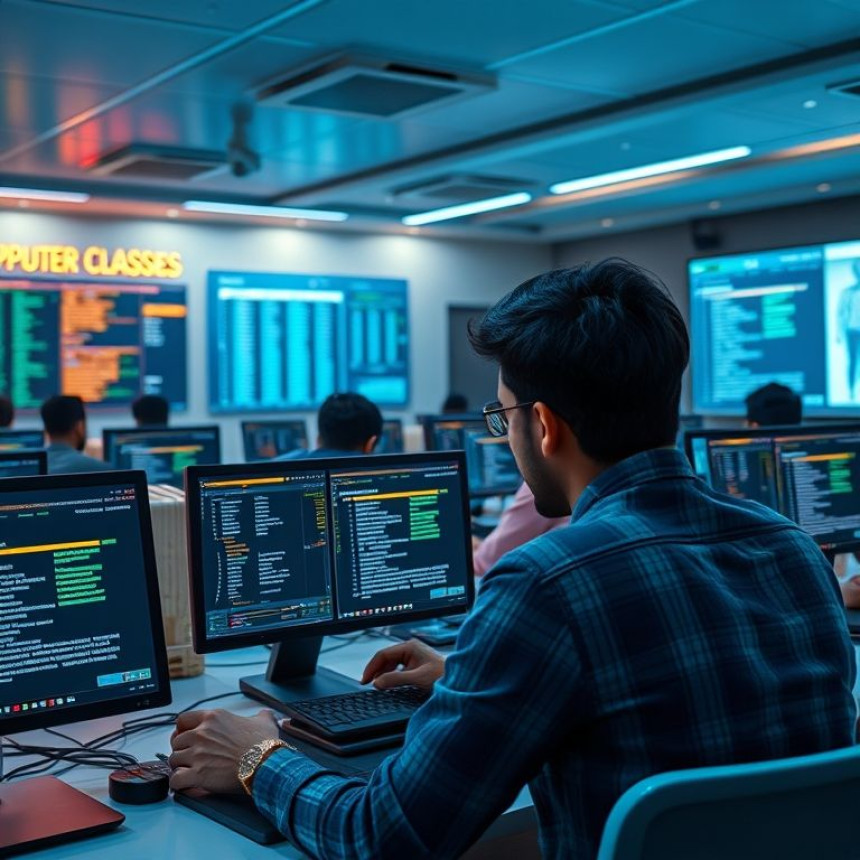
Practical Guide: How to Read Blockchain Transaction Data
Practical Guide: How to Read Blockchain Transaction Data. Get practical lessons and hands-on examples at AIComputerClasses in Indore to master blockchain skills quickly. Includes references to tools like ChatGPT, Power BI, Excel, Figma, or Python where appropriate. Ideal for beginners and working professionals seeking fast skill gains. Follow practical exercises and tool-based examples to learn rapidly.
🔗 Practical Guide: How to Read Blockchain Transaction DataThe world of blockchain is often described as transparent yet complex. Every transaction is recorded publicly, but understanding how to read that data can seem like deciphering an alien language. In 2025, as cryptocurrency, decentralized finance (DeFi), and Web3 continue to expand, reading blockchain transaction data has become an essential skill. Whether you’re an aspiring blockchain developer, crypto investor, or data analyst, learning how to interpret transaction records gives you a powerful edge.
At AI Computer Classes – Indore, students gain hands-on experience decoding blockchain data through practical projects and visualization exercises. This guide walks you through the essential concepts, tools, and techniques to read and understand blockchain transactions confidently.
A blockchain transaction is the transfer of value (cryptocurrency, NFT, or digital asset) between two parties recorded on a distributed ledger. Each transaction includes:
- Sender’s address (From)
- Receiver’s address (To)
- Amount transferred
- Transaction fee (Gas fee)
- Timestamp
- Transaction hash (unique identifier)
These details are bundled into blocks and linked together in a chain, creating a transparent and tamper-proof record.
Understanding how to navigate this information helps you verify payments, audit smart contracts, or even build blockchain applications.
💡 Learn from Experts at AI Computer Classes – Indore!
Master Blockchain, AI, and Data Analytics through project-based lessons and real-world exercises.
👉 Join now at AI Computer Classes
📍 Located in Old Palasia, Indore
🧠 Why Learn to Read Blockchain Data in 2025Blockchain literacy is now as important as computer literacy once was. Businesses and institutions increasingly rely on blockchain transparency for trust, compliance, and analytics. Here’s why this skill matters today:
- Transparency & Trust: You can verify transactions directly without depending on intermediaries.
- Security Awareness: Learn to identify suspicious wallet activity or scams.
- Data Analytics Integration: Combine blockchain data with tools like Power BI or Excel for pattern recognition.
- Career Growth: Blockchain analysts, auditors, and developers are in high demand.
In short, decoding blockchain data opens doors to tech, finance, and data science careers.
There are multiple ways to view blockchain transaction details. Here are the most common approaches:
1. Blockchain ExplorersThese are websites that let anyone search and explore blockchain data. Examples include:
- Etherscan (Ethereum)
- Blockchain.com (Bitcoin)
- BscScan (Binance Smart Chain)
- PolygonScan (Polygon Network)
When you enter a wallet address or transaction hash, these platforms display detailed information — from transaction history to gas fees.
2. Wallet AppsCrypto wallets like MetaMask and Trust Wallet let users view their transaction history, including confirmations and smart contract interactions.
3. Blockchain APIsFor developers, APIs (like Alchemy or Infura) provide programmable access to blockchain data. This allows you to integrate real-time blockchain tracking into applications or dashboards.
💡 Upgrade Your Skills at AI Computer Classes – Indore!
Learn blockchain APIs, Python scripting, and Power BI dashboards to visualize blockchain data.
👉 Enroll now at AI Computer Classes
🧮 Reading a Transaction Step by StepLet’s break down a typical transaction as seen on Etherscan:
1. Transaction Hash:A unique ID (like 0x123abc...) identifying the transaction. You can click it to view all related data.
2. Status:Indicates whether the transaction was successful or failed (due to low gas or smart contract errors).
3. Block Number:Shows the block in which the transaction is recorded. Each block adds to blockchain immutability.
4. Timestamp:Displays the exact date and time of confirmation.
5. From and To Addresses:Shows who sent and who received the funds or tokens.
6. Value:Indicates how much cryptocurrency was transferred (e.g., 0.05 ETH).
7. Gas Fee:The cost paid to miners or validators to process the transaction.
By analyzing these fields, you can understand not just what happened—but also why and how it happened.
Blockchain data analysis goes beyond explorers. Professionals use various software tools to extract insights:
1. Python and Web3.py:Use Python libraries to connect with blockchain nodes, extract data, and automate analysis.
2. Power BI or Excel:Import blockchain CSV exports and create dashboards showing transaction trends, wallet balances, and network activity.
3. ChatGPT for Code Assistance:Leverage AI to explain smart contract interactions or decode transaction metadata.
4. Visualization Tools (Figma, Tableau):Visualize blockchain flows and relationships between wallets.
These integrations make blockchain analytics accessible even to non-developers, empowering learners at AI Computer Classes – Indore to build real projects.
💡 Hands-On Blockchain Training at AI Computer Classes – Indore!
Get practical lessons with tools like Power BI, Python, and ChatGPT for blockchain visualization.
👉 Apply today at AI Computer Classes
🔗 Understanding Smart Contract TransactionsNot all blockchain transactions are simple transfers. Many involve smart contracts — self-executing programs that automate actions like swaps, staking, or NFT minting.
In explorers like Etherscan, these transactions show "Interacted With (To)" addresses linked to contracts. The “Input Data” section reveals encoded instructions, which can be decoded using ABI (Application Binary Interface) to understand the transaction logic.
For example, if you see a Uniswap transaction, the data might indicate a token swap between two ERC-20 tokens. Learning to interpret such interactions helps developers audit and debug decentralized applications.
Let’s analyze an Ethereum transaction:
- Transaction Hash: 0x9f3...bcd
- From: 0xa2...cd5
- To: UniswapV2Router
- Value: 0.2 ETH
- Gas Fee: 0.004 ETH
- Status: Success
By reading this data, we can tell the user swapped ETH for tokens using Uniswap, paying a small transaction fee. Such interpretation helps you understand what’s happening behind every wallet activity — a must-have skill for blockchain enthusiasts.
- Use Trusted Explorers: Always rely on official blockchain explorers.
- Verify Token Contracts: Fake tokens often mimic popular names—always cross-check contract addresses.
- Understand Gas Fees: They fluctuate based on network congestion—plan accordingly.
- Backup Transaction Data: Use Power BI or Excel for record analysis.
- Stay Updated: Blockchain networks upgrade often; follow their documentation.
Learning to read blockchain transactions can help you pursue roles such as:
- Blockchain Analyst
- Crypto Auditor
- DeFi Researcher
- Smart Contract Developer
- Data Visualization Specialist
At AI Computer Classes – Indore, learners gain exposure to real blockchain datasets and simulation tools, preparing them for high-demand roles in Web3 and financial technology.
Reading blockchain transaction data transforms you from a casual observer into an informed participant in the decentralized world. By mastering how to interpret wallet addresses, transaction hashes, and smart contract activity, you gain transparency, control, and insight into one of the most transformative technologies of our era.
Whether you aim to work in blockchain development, crypto auditing, or financial analytics, the journey begins with understanding the data itself. Start your hands-on blockchain learning journey today at AI Computer Classes – Indore — and unlock the power behind every transaction!

